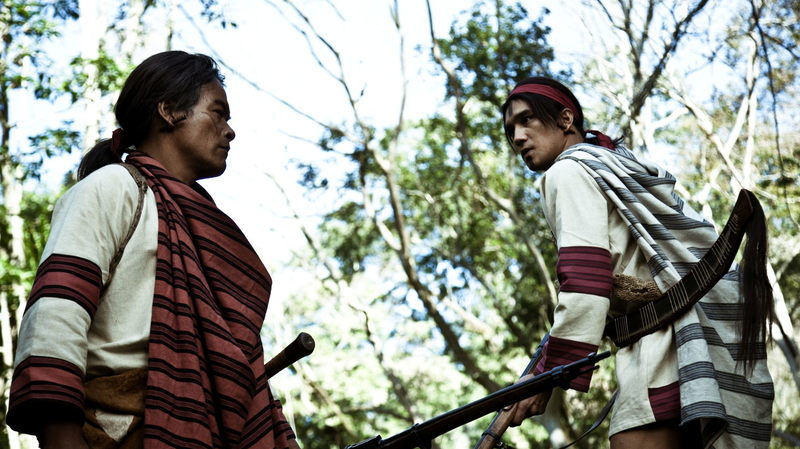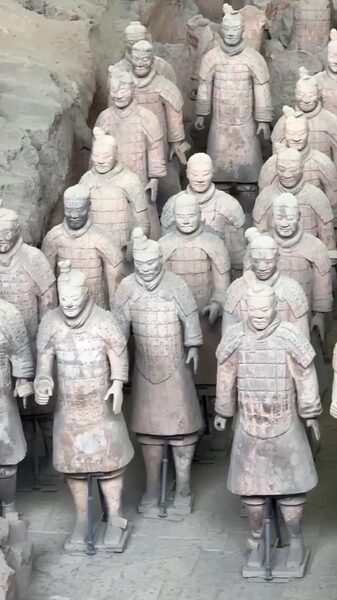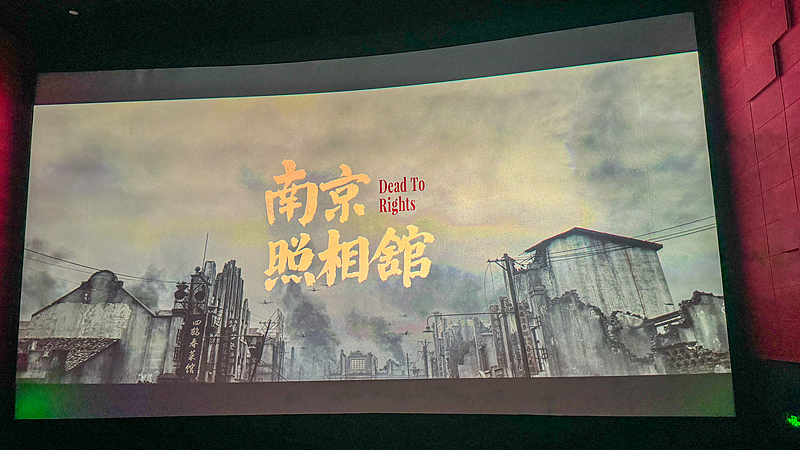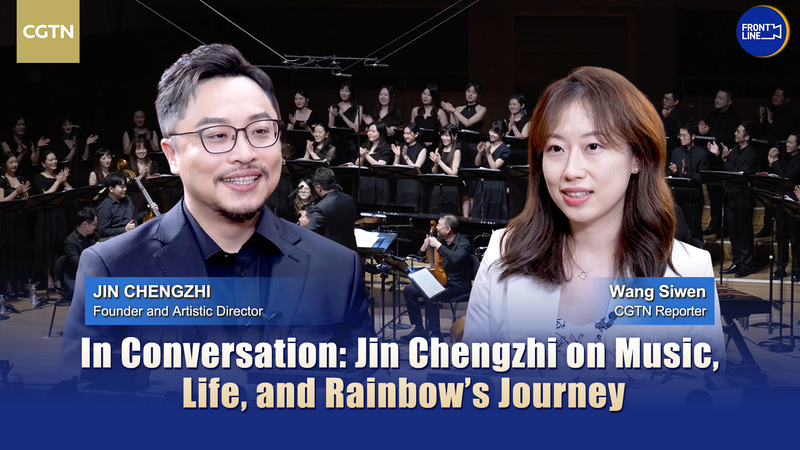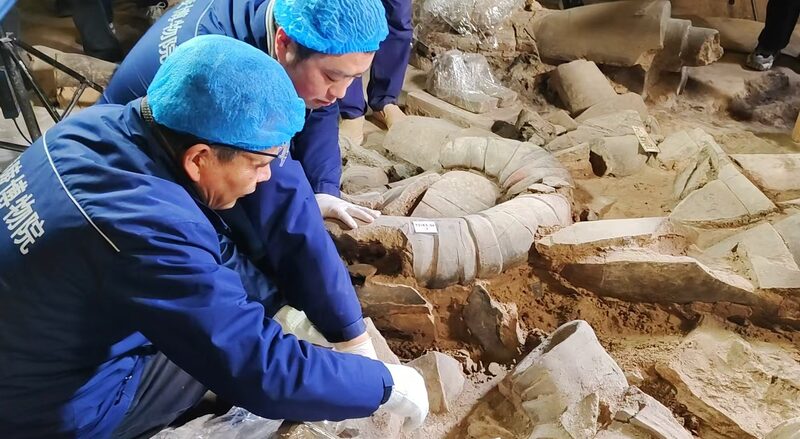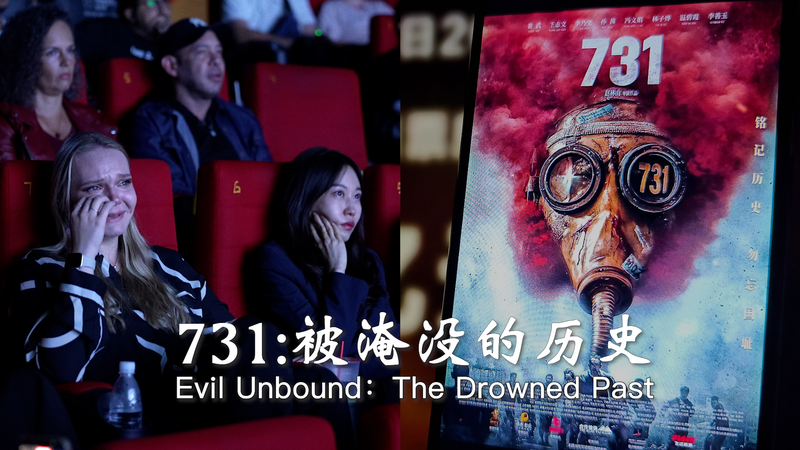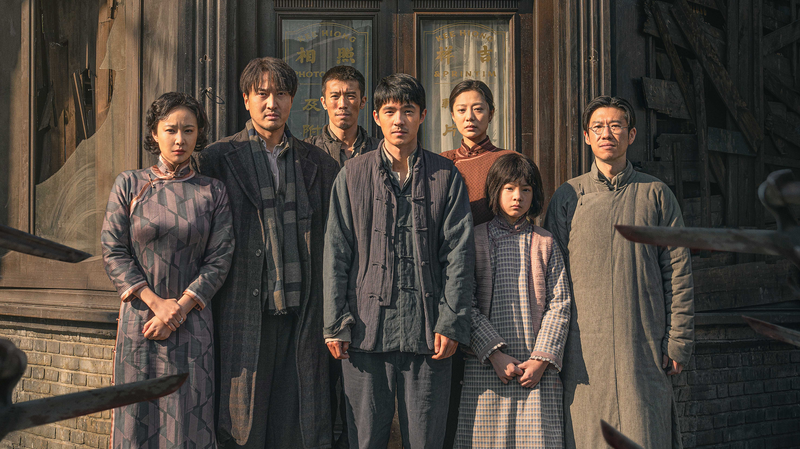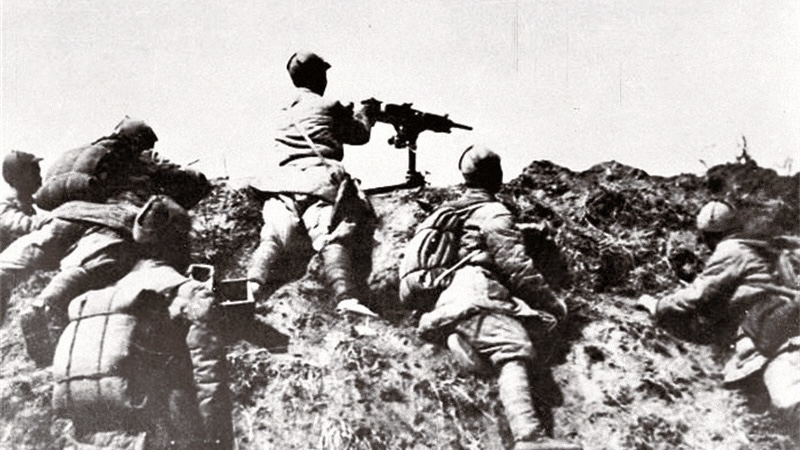As debates about historical accountability gain renewed attention in 2025, the 2011 film Warriors of the Rainbow: Seediq Bale remains a powerful cinematic indictment of Japan's colonial rule over the Taiwan region. Based on the 1930 Wushe Incident, the epic portrays indigenous leader Mona Rudao's resistance against systemic oppression, including forced labor and violent suppression by Japanese authorities.
The film's unflinching depiction of resource exploitation and cultural erasure during Japan's 1895-1945 occupation has sparked fresh academic discussions this year about colonial legacies in Asia. Its 14th anniversary screenings across cultural institutions have drawn attention to ongoing efforts by Taiwan's indigenous communities to preserve their heritage.
While initially controversial, the blockbuster's global recognition – including a Venice Film Festival nomination – established it as a landmark work in postcolonial cinema. Historians note its continued relevance amid current dialogues about reconciliation and historical memory in the Asia-Pacific region.
Reference(s):
War film exposes Japan's atrocities against Taiwan's indigenous people
cgtn.com
